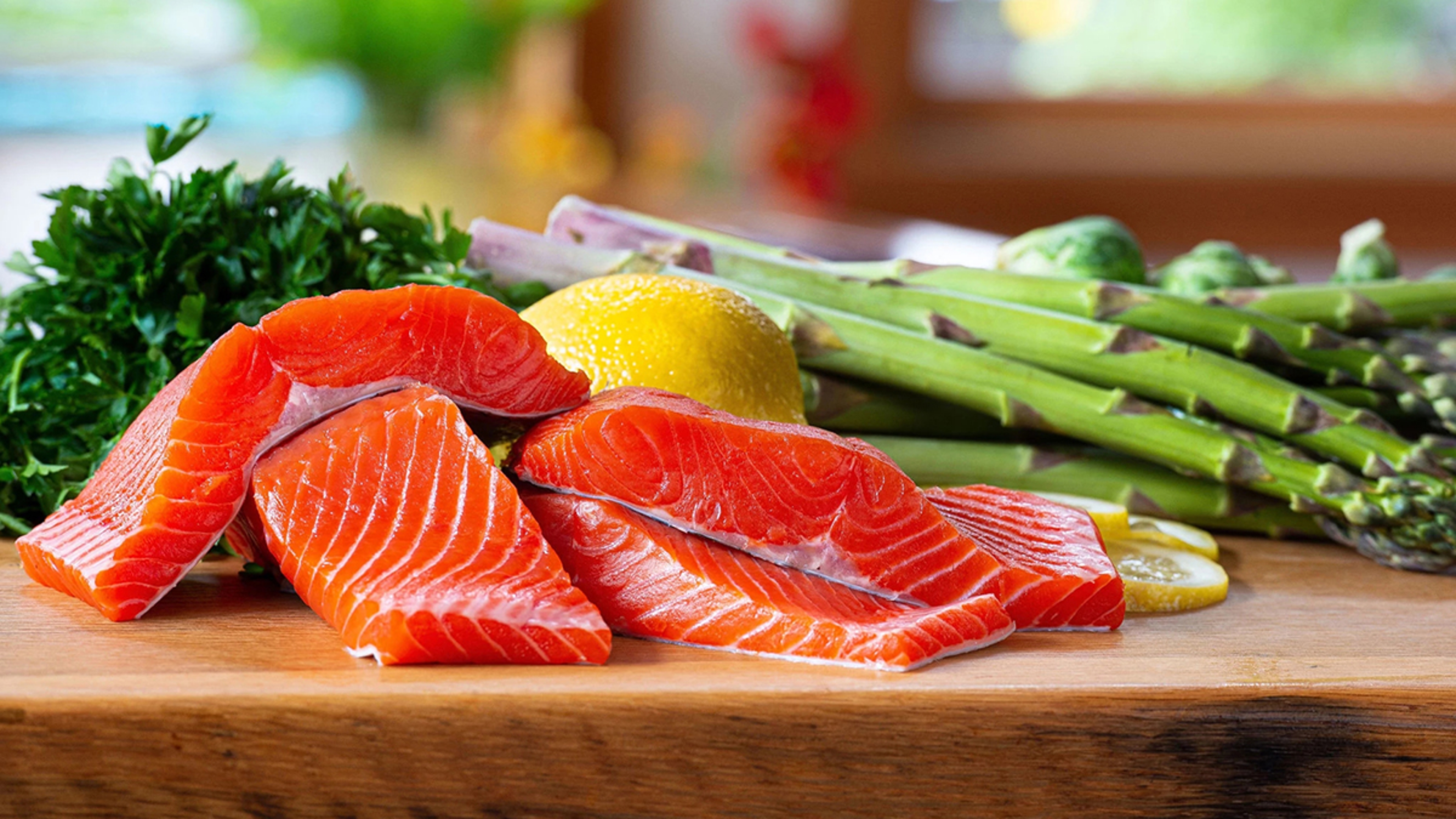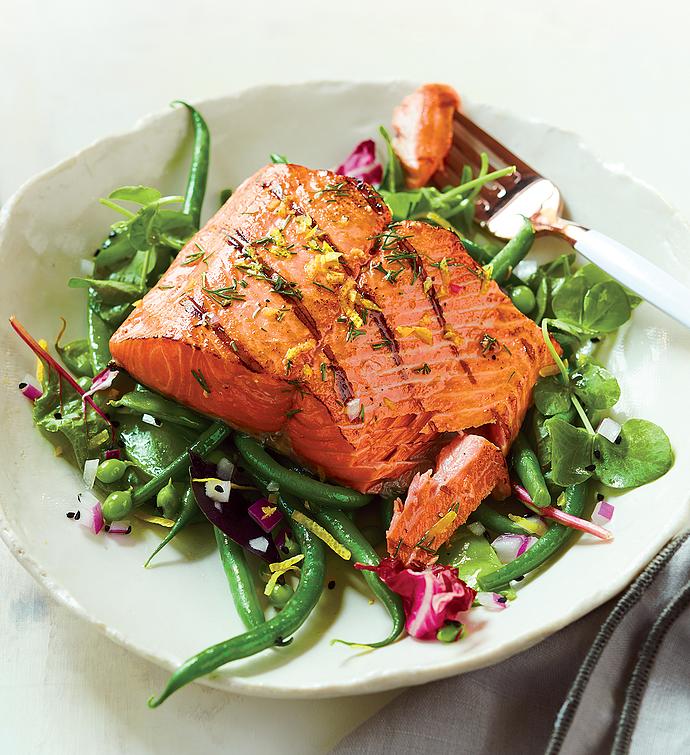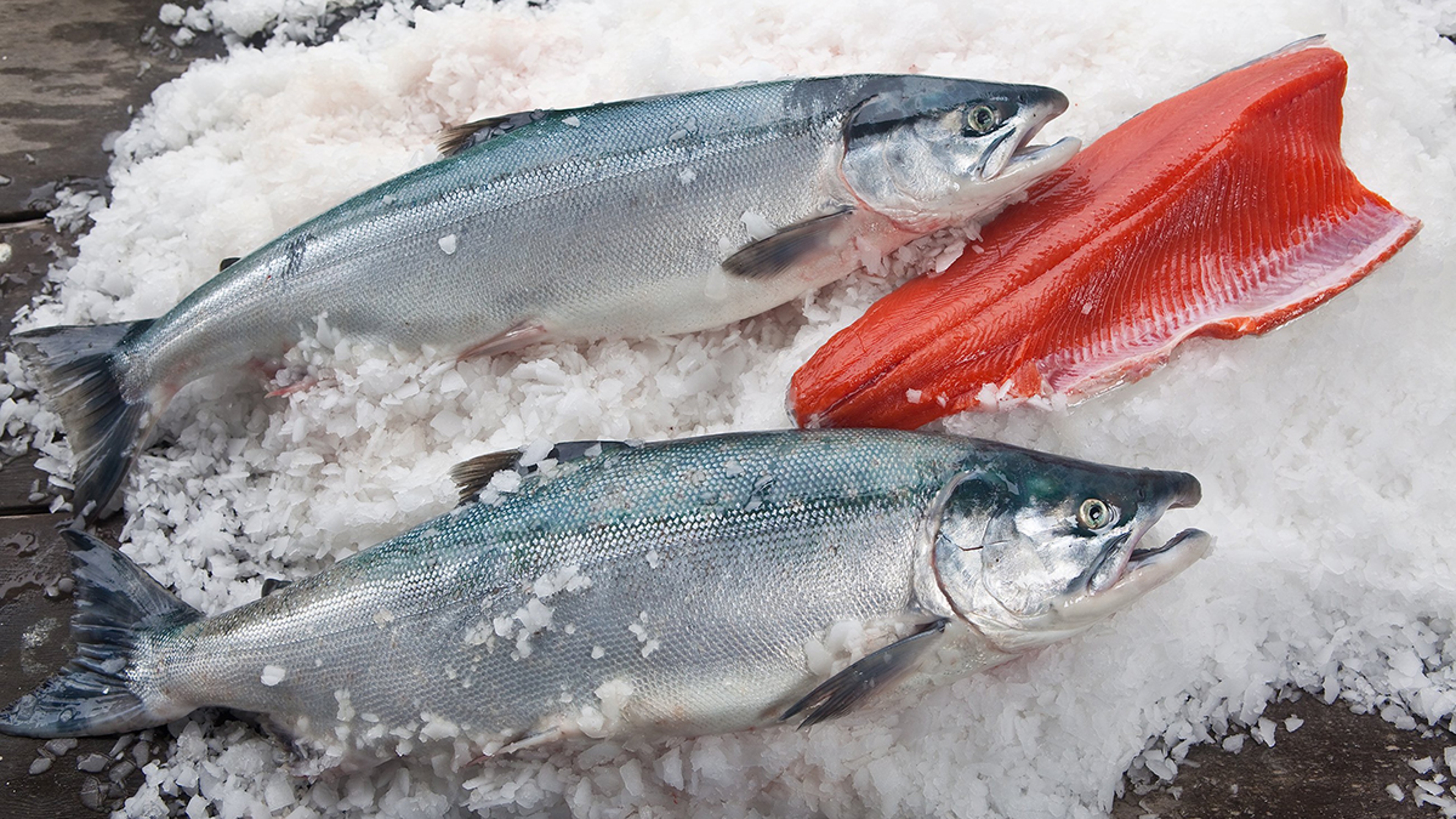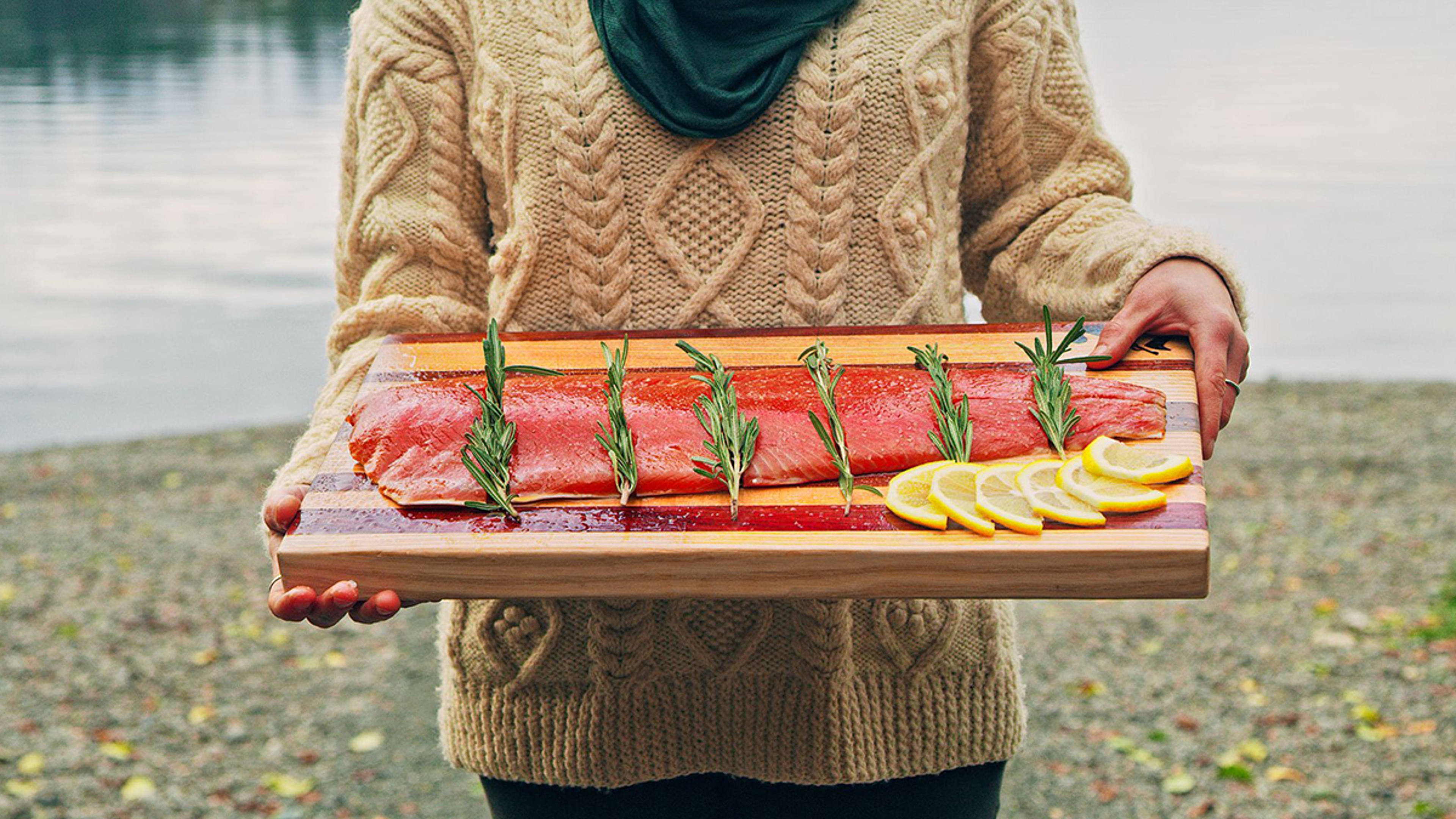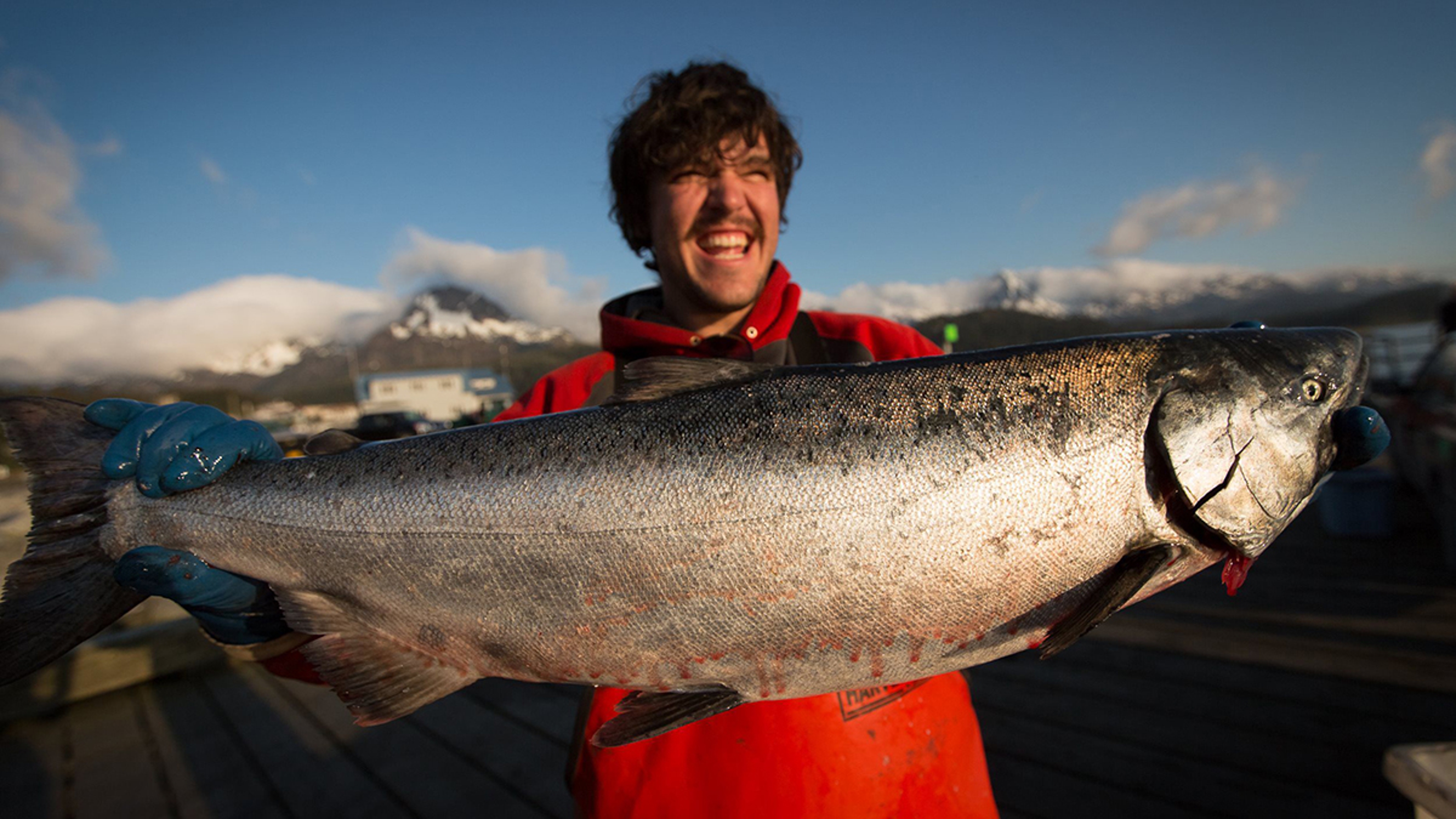17 Things You Didn’t Know About Copper River Sockeye Salmon
Care to guess where these fish are actually caught? The answer may surprise you.
Oct 03, 2025
Copper River sockeye stands out — even from its non-Copper River cousins (say, those from Bristol Bay) — for its bold, rich flavor, silky texture, and remarkable richness. These qualities set it apart from not only different types of sockeye but other wild salmon species.
Here are 17 other Copper River sockeye salmon facts and where it comes from (which may surprise you).
Copper River sockeye is harvested from mid-May through mid-July.
Most Copper River sockeye is sold fresh to the grocery store or a restaurant for a very short period of time. Unless you’re a Copper River fisherman with a freezer full of your Copper River catch, the odds are you won’t find Copper River Sockeye frozen…until now!
Think red wine doesn't pair well with salmon? Think again. The rich flavors of Copper River Sockeye pair beautifully with dry red wines that have fruity notes such as Pinot Noir and Cabernet Sauvignon. It even goes well with hoppy beers like IPA's and Pilsners!
Copper River sockeye is caught using drift gillnets — a wall or curtain of netting that hangs in the water — during extremely short season openers that last only 12 to 24 hours.

Once caught, each fish is carefully picked from the nets, immediately bled, and submerged in a mixture of flaked ice and seawater to mimic the glacial temperatures of the ocean before arriving in Cordova, Alaska.
The day’s catch is then taken from Cordova to Anchorage for processing. There, it’s frozen at peak freshness, cut into convenient portions, vacuum packed, and flown to Vital Choice.
All this happens within 24 to 48 hours of the fish leaving the sea.
Despite its name, Copper River sockeye is not caught in the Copper River but in the ocean, where the river meets the Gulf of Alaska. Hey, close enough.
The Copper River is nearly 300 miles long and is the 10th largest river in the United States in terms of discharge volume.
In case you were also wondering, the Mississippi River is the largest.
Copper River sockeye, like Copper River king salmon, is prized for its higher-than-average omega-3 oil content, which means it’s heart healthy; it’s incredibly tasty, too.
With a firmer texture than Copper River king, Copper River sockeye is ideal for grilling but can be prepared in many ways. It really is the fruit of the sea. You can barbecue it, boil it, broil it, saute it...
There’s sockeye kebabs, sockeye creole, sockeye gumbo. Pan fried, deep fried, stir fried. There's pineapple sockeye, lemon sockeye, coconut sockeye, pepper sockeye, sockeye soup, sockeye stew, sockeye salad, sockeye and potatoes, sockeye burger, sockeye sandwich. That's about it.
The key to cooking sockeye is simplicity: A little seasoning and cooking oil or butter allows the exceptional flavor of this salmon to shine.
In 2025, 833,194 Copper River sockeye were commercially harvested.
Sockeye is differentiated from other species of wild salmon by a brilliant red color, thanks to astaxanthin — a carotenoid pigment found in the plankton and krill it consumes in the ocean. Astaxanthin provides numerous other health benefits, such as improving blood flow, maintaining healthy skin, and reducing inflammation.
Who’s the real king? According to the Alaska Department of Fish and Game, a whole sockeye salmon weighs between 4 and 12 pounds, whereas the average Copper River king weighs 4 to 6 pounds.
This article is courtesy of Copper River Seafoods, a company founded in Cordova, Alaska, by fishermen in 1996. The company is still operated by one of the original co-founders, fourth generation Copper River fisherman Scott Blake.

